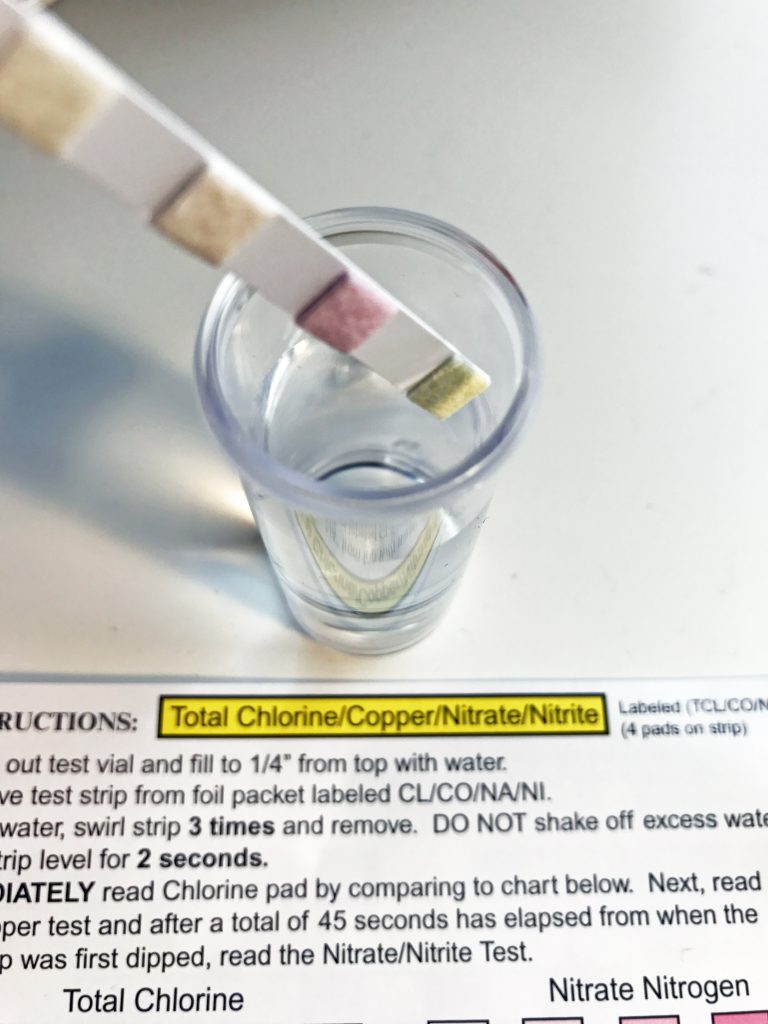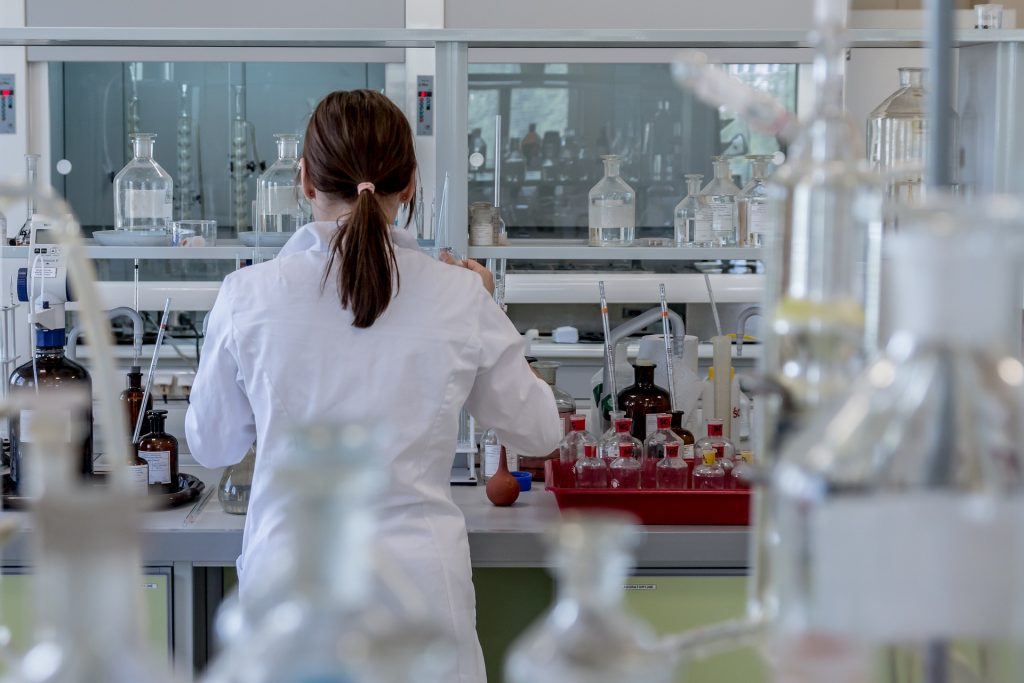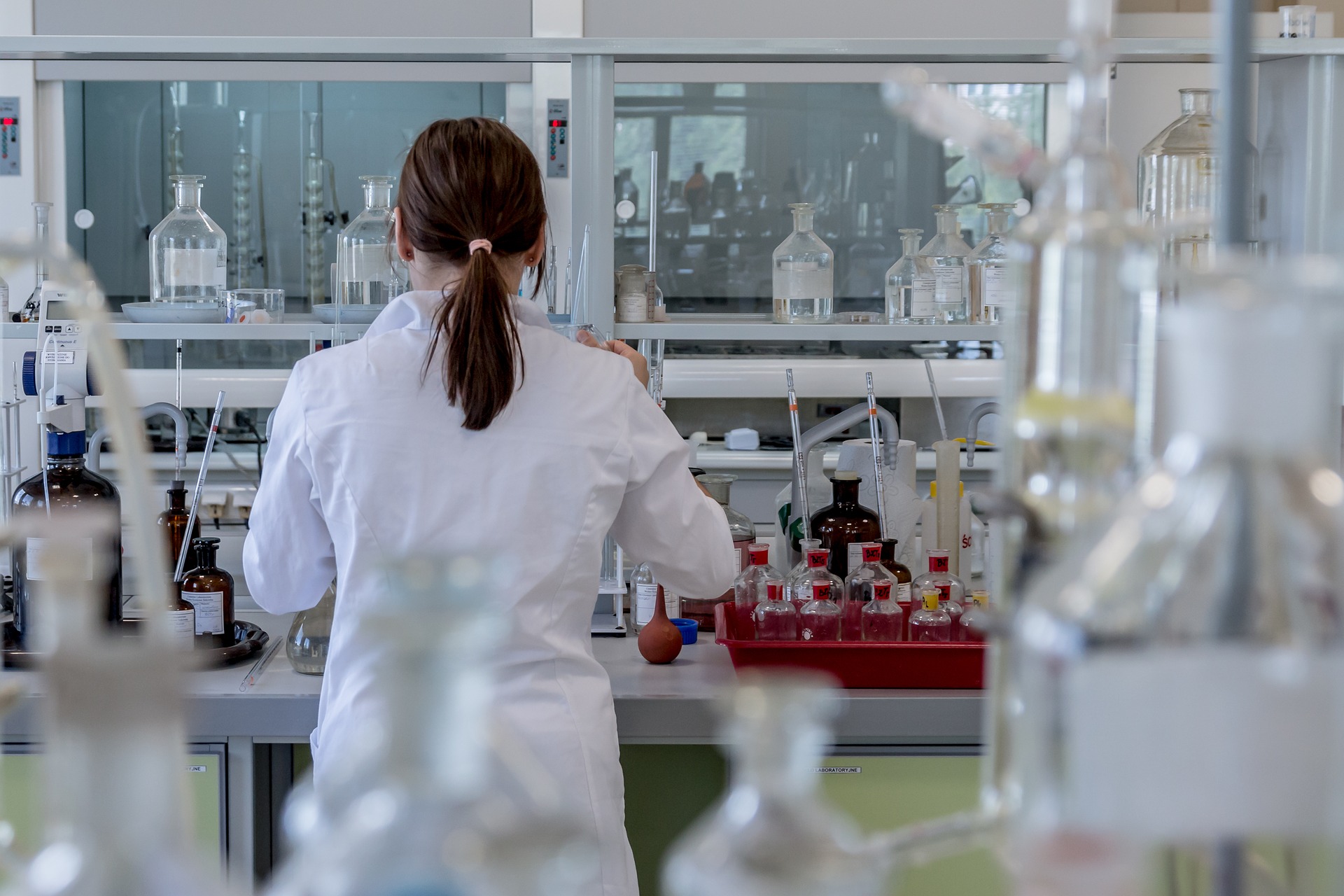Water Contamination Concerns
From lead contamination to natural disasters leaving water unsafe to drink, water quality has become a hot topic lately. With what seems like daily reports about contaminated public water sources, consumers are less trusting of municipal water quality reports. As a result, many people are relying on a home water test to ensure that they have safe drinking water.
A recent survey showed that 56 percent of Americans worry that their drinking water contains toxins, with almost one-third concerned about lead and toxic metals. 9 percent of respondents said that they rely on bottled water for drinking because they believe their water supply is unsafe.

To help ensure safe water quality, the U.S. EPA has implemented what is called the current maximum contaminant level (MCL) for common contaminants. Although municipalities follow the EPA regulations when they test water at the source, contamination can happen at any point as the water travels to your home. Contamination can also occur after the water has reached your home. Depending on when your home was built, certain pipes and plumbing connectors can contribute to contamination.
Water Test Types
If you are concerned about your water quality and want to test it yourself, you have two options for water test types. Home water test kits are available for you to perform the tests yourself with quick results – most results can be read in a matter of minutes. The other option is a lab test kit where you collect your water samples and send them to a lab for analysis. While both water test kits can detect water quality issues, there are differences in the cost and the precision of the results. Positive test results from either type of water test are an indication that your water contains a particular contaminant.
Keep in mind that no matter what type of test kit you choose, each test is like a snapshot in time. Water quality can quickly change depending on the weather, environmental conditions, and pollution. It is recommended that if you have municipal water, you should test it annually. If you have well water, it needs to be tested more often because there is a higher risk of contamination.
At-Home Water Test Kits
Most of today’s at-home test kits rely on chemical strips that change color when they are exposed to contaminants in water such as lead, chemicals, pesticides, and bacteria. The amount of contamination is indicated by the color of the strip, which is then compared to an easy-to-read results chart so that you know the approximate level of contamination.

At-home water test kits have a number of advantages. They are affordable with many options under $50. You can find a variety of kits at your local hardware store and online. Some kits test for a single substance, while others include a variety of tests like TestAssured’s Complete Water Testing Kit which tests for 10 of the most common water issues. With at-home test kits, you can test your water at any time and get immediate results for most tests. Bacteria tests take longer, with results in 48 hours.
To perform most tests, you simply need to collect your sample in the vial provided and then dip the test strips into the water for the appropriate amount of time. Within seconds you’ll see the strips begin to change colors. Once the results have developed, compare the colors on the test strips to the corresponding color chart. For certain tests, such as lead, pesticide, and bacteria, you may need to add a powder or tablet to your sample for the results to develop properly.
Laboratory Water Test Kits
While at-home water test kits are a quick and affordable way to assess your water quality, you can test for a greater variety of contaminants with more precise results if you opt for a laboratory water test kit. Typically, these kits include everything you need to gather water samples and send them to a certified lab for testing. You can purchase a lab water test kit to test for a single pollutant or a variety of contaminants such as lead, heavy metals, chlorine, chemicals, bacteria, and many others. A lab test is the best option to test for hard to identify impurities like arsenic, glyphosate, and certain strains of bacteria.

A laboratory water test kit generally includes sample vials and detailed instructions about how to collect live water samples. Depending on what you are testing for, the kit may include an ice pack to maintain the quality of your samples during shipping to the lab. Many kits often include a return shipping package with pre-paid postage. After your sample is tested, you receive a detailed report about the levels of contamination in your water.
Keep in mind that lab water test kits do cost more than at home test kits. The cost increases depending on the type of contaminants and the number of contaminants that you are testing for. The cost for lab test kits varies from approximately $50 up to hundreds of dollars for the most inclusive analysis.
Know What’s in Your Water
Whether you decide to perform your water tests yourself or have your water analyzed by a certified lab, TestAssured has a variety of water test kits for you to choose from. Our at-home test kit is an affordable option for quick results. While our lab test kits may take a little longer for your results, you’ll know exactly what is in your water with our certified lab’s analysis. All of our test kits are neatly packaged with clear instructions and will provide you with important details about your water quality.

